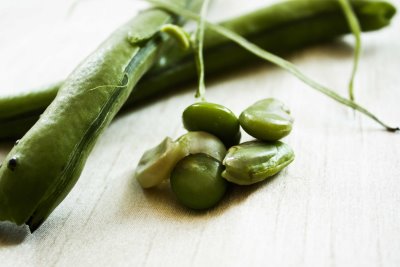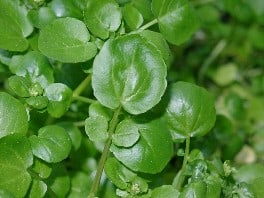Bok choy, otherwise known as bak choi, paak choi, Chinese chard cabbage and Chinese mustard cabbage is a vegetable that resembles celery although it is actually a member of the cabbage family. It has thick, white stalks and dark green leaves that have a round shape.
Bok choy is a dark leafy green in the cabbage family. It is generally associated with Chinese cuisine, and often appears in stir fries, soups, and steamed dishes. The plant has a mildly spicy flavor that hints at the relationship to mustard, and grows readily in many parts of the world outside of China, although it is not widely used in other regional cuisines. It is also available in many grocery stores, and sometimes identified as Chinese cabbage or Chinese white cabbage. Bok choy should not be confused with Napa cabbage, which is also sometimes labeled as Chinese cabbage in grocery stores.
Bok choy has been cultivated in China for centuries and is now commonly grown in Alberta, Canada and in California, USA. Bok choy is also grown in Europe where it was introduced in the 1700’s. It is available year round, except in July and August, and it is best when purchased in the Fall and Winter. Currently, you can buy bok choy in many ethnic grocery stores and in many larger supermarket chains. It is becoming popular to use for cooking because it has a mild taste, similar to cabbage, and can be used in many recipes, either raw, as in salads, or cooked for use in soups and in stir-fries.
Health Benefits of Bok choy
The health benefits of bok choy make it an excellent vegetable to add into a natural foods diet. It is low in calories and high in phytonutrients, and Vitamins A, C and K. In addition, bok choy is a member of the highly nutritious dark green leafy vegetable family.
The rich amount of beta-carotene inherent in bok choy can help to reduce the risk of certain cancers. Beta-carotene has also been known to reduce the risk of cataracts. Bok choy is also an excellent source of folic acid, and can also contain other healthful nutrients like iron, depending on where it was grown.

